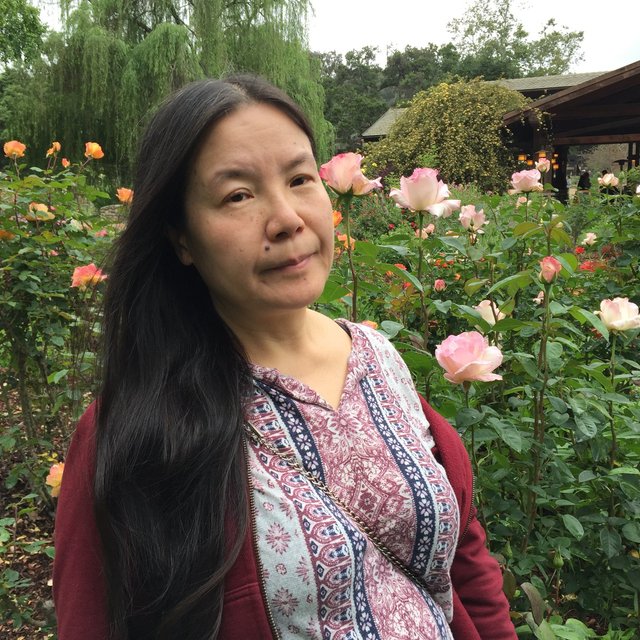March
2021
•
2021A&A...647A.117E
Authors
•
Euclid Collaboration
•
Ilbert, O.
•
de la Torre, S.
•
Martinet, N.
•
Wright, A. H.
•
Paltani, S.
•
Laigle, C.
•
Davidzon, I.
•
Jullo, E.
•
Hildebrandt, H.
•
Masters, D. C.
•
Amara, A.
•
Conselice, C. J.
•
Andreon, S.
•
Auricchio, N.
•
Azzollini, R.
•
Baccigalupi, C.
•
Balaguera-Antolínez, A.
•
Baldi, M.
•
Balestra, A.
•
Bardelli, S.
•
Bender, R.
•
Biviano, A.
•
Bodendorf, C.
•
Bonino, D.
•
Borgani, S.
•
Boucaud, A.
•
Bozzo, E.
•
Branchini, E.
•
Brescia, M.
•
Burigana, C.
•
Cabanac, R.
•
Camera, S.
•
Capobianco, V.
•
Cappi, A.
•
Carbone, C.
•
Carretero, J.
•
Carvalho, C. S.
•
Casas, S.
•
Castander, F. J.
•
Castellano, M.
•
Castignani, G.
•
Cavuoti, S.
•
Cimatti, A.
•
Cledassou, R.
•
Colodro-Conde, C.
•
Congedo, G.
•
Conversi, L.
•
Copin, Y.
•
Corcione, L.
•
Costille, A.
•
Coupon, J.
•
Courtois, H. M.
•
Cropper, M.
•
Cuby, J.
•
Da Silva, A.
•
Degaudenzi, H.
•
Di Ferdinando, D.
•
Dubath, F.
•
Duncan, C.
•
Dupac, X.
•
Dusini, S.
•
Ealet, A.
•
Fabricius, M.
•
Farrens, S.
•
Ferreira, P. G.
•
Finelli, F.
•
Fosalba, P.
•
Fotopoulou, S.
•
Franceschi, E.
•
Franzetti, P.
•
Galeotta, S.
•
Garilli, B.
•
Gillard, W.
•
Gillis, B.
•
Giocoli, C.
•
Gozaliasl, G.
•
Graciá-Carpio, J.
•
Grupp, F.
•
Guzzo, L.
•
Haugan, S. V. H.
•
Holmes, W.
•
Hormuth, F.
•
Jahnke, K.
•
Keihanen, E.
•
Kermiche, S.
•
Kiessling, A.
•
Kirkpatrick, C. C.
•
Kunz, M.
•
Kurki-Suonio, H.
•
Ligori, S.
•
Lilje, P. B.
•
Lloro, I.
•
Maino, D.
•
Maiorano, E.
•
Marggraf, O.
•
Markovic, K.
•
Marulli, F.
•
Massey, R.
•
Maturi, M.
•
Mauri, N.
•
Maurogordato, S.
•
McCracken, H. J.
•
Medinaceli, E.
•
Mei, S.
•
Metcalf, R. Benton
•
Moresco, M.
•
Morin, B.
•
Moscardini, L.
•
Munari, E.
•
Nakajima, R.
•
Neissner, C.
•
Niemi, S.
•
Nightingale, J.
•
Padilla, C.
•
Pasian, F.
•
Patrizii, L.
•
Pedersen, K.
•
Pello, R.
•
Pettorino, V.
•
Pires, S.
•
Polenta, G.
•
Poncet, M.
•
Popa, L.
•
Potter, D.
•
Pozzetti, L.
•
Raison, F.
•
Renzi, A.
•
Rhodes, J.
•
Riccio, G.
•
Romelli, E.
•
Roncarelli, M.
•
Rossetti, E.
•
Saglia, R.
•
Sánchez, A. G.
•
Sapone, D.
•
Schneider, P.
•
Schrabback, T.
•
Scottez, V.
•
Secroun, A.
•
Seidel, G.
•
Serrano, S.
•
Sirignano, C.
•
Sirri, G.
•
Stanco, L.
•
Sureau, F.
•
Tallada Crespá, P.
•
Tenti, M.
•
Teplitz, H. I.
•
Tereno, I.
•
Toledo-Moreo, R.
•
Torradeflot, F.
•
Tramacere, A.
•
Valentijn, E. A.
•
Valenziano, L.
•
Valiviita, J.
•
Vassallo, T.
•
Wang, Y.
•
Welikala, N.
•
Weller, J.
•
Whittaker, L.
•
Zacchei, A.
•
Zamorani, G.
•
Zoubian, J.
•
Zucca, E.
Abstract
•
The analysis of weak gravitational lensing in wide-field imaging surveys is considered to be a major cosmological probe of dark energy. Our capacity to constrain the dark energy equation of state relies on an accurate knowledge of the galaxy mean redshift ⟨z⟩. We investigate the possibility of measuring ⟨z⟩ with an accuracy better than 0.002 (1 + z) in ten tomographic bins spanning the redshift interval 0.2 < z < 2.2, the requirements for the cosmic shear analysis of Euclid. We implement a sufficiently realistic simulation in order to understand the advantages and complementarity, as well as the shortcomings, of two standard approaches: the direct calibration of ⟨z⟩ with a dedicated spectroscopic sample and the combination of the photometric redshift probability distribution functions (zPDFs) of individual galaxies. We base our study on the Horizon-AGN hydrodynamical simulation, which we analyse with a standard galaxy spectral energy distribution template-fitting code. Such a procedure produces photometric redshifts with realistic biases, precisions, and failure rates. We find that the current Euclid design for direct calibration is sufficiently robust to reach the requirement on the mean redshift, provided that the purity level of the spectroscopic sample is maintained at an extremely high level of > 99.8%. The zPDF approach can also be successful if the zPDF is de-biased using a spectroscopic training sample. This approach requires deep imaging data but is weakly sensitive to spectroscopic redshift failures in the training sample. We improve the de-biasing method and confirm our finding by applying it to real-world weak-lensing datasets (COSMOS and KiDS+VIKING-450).
Links






